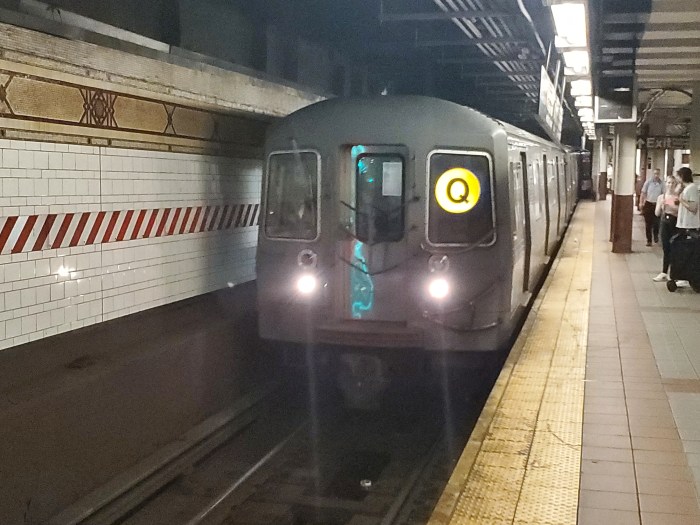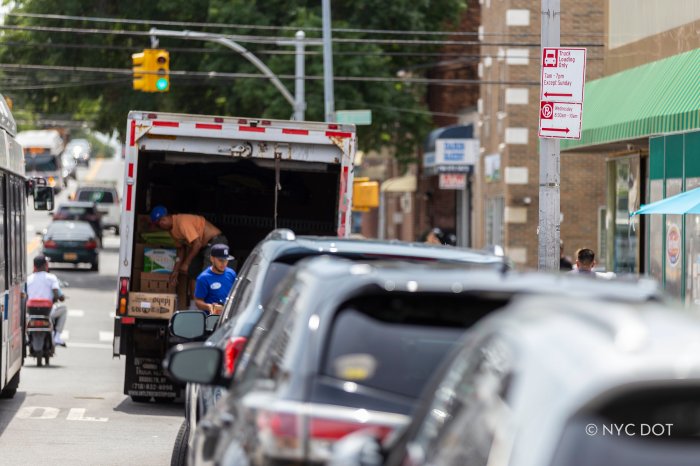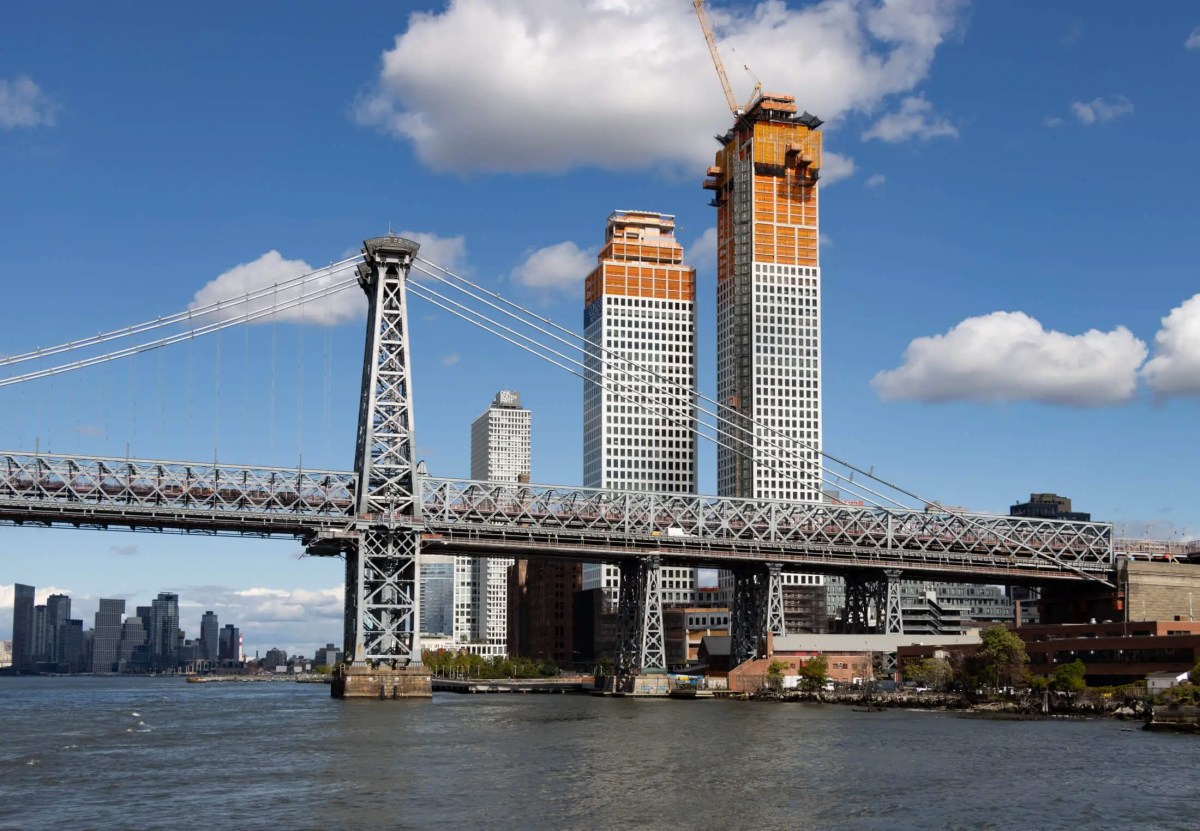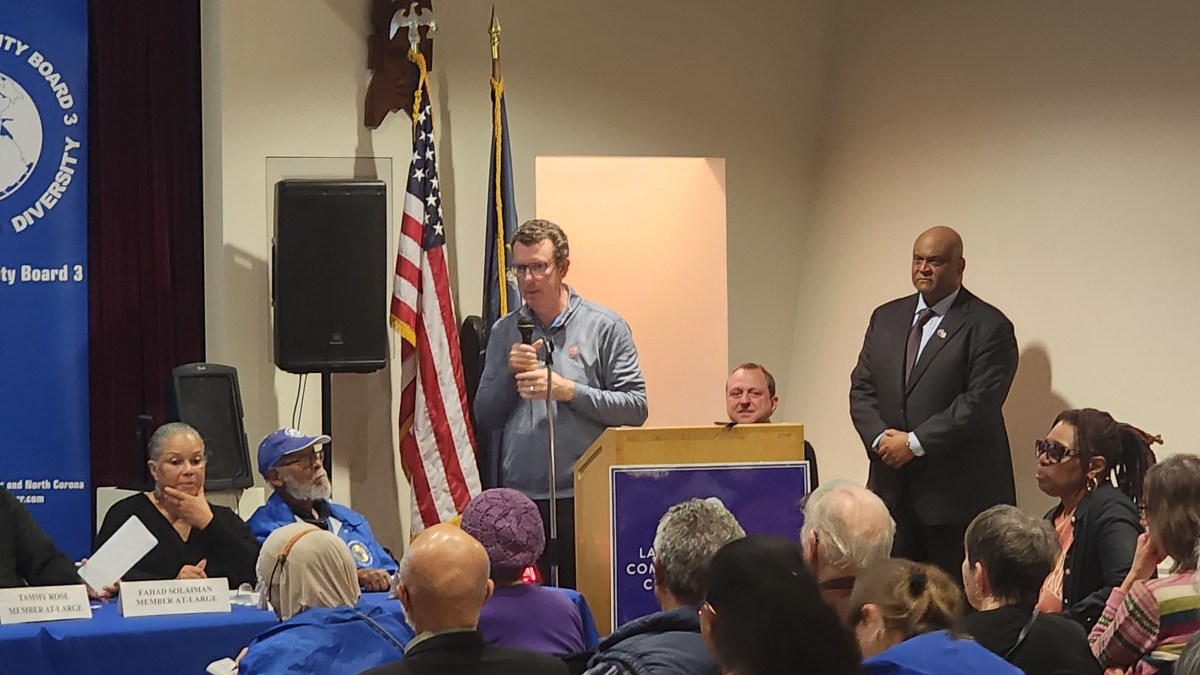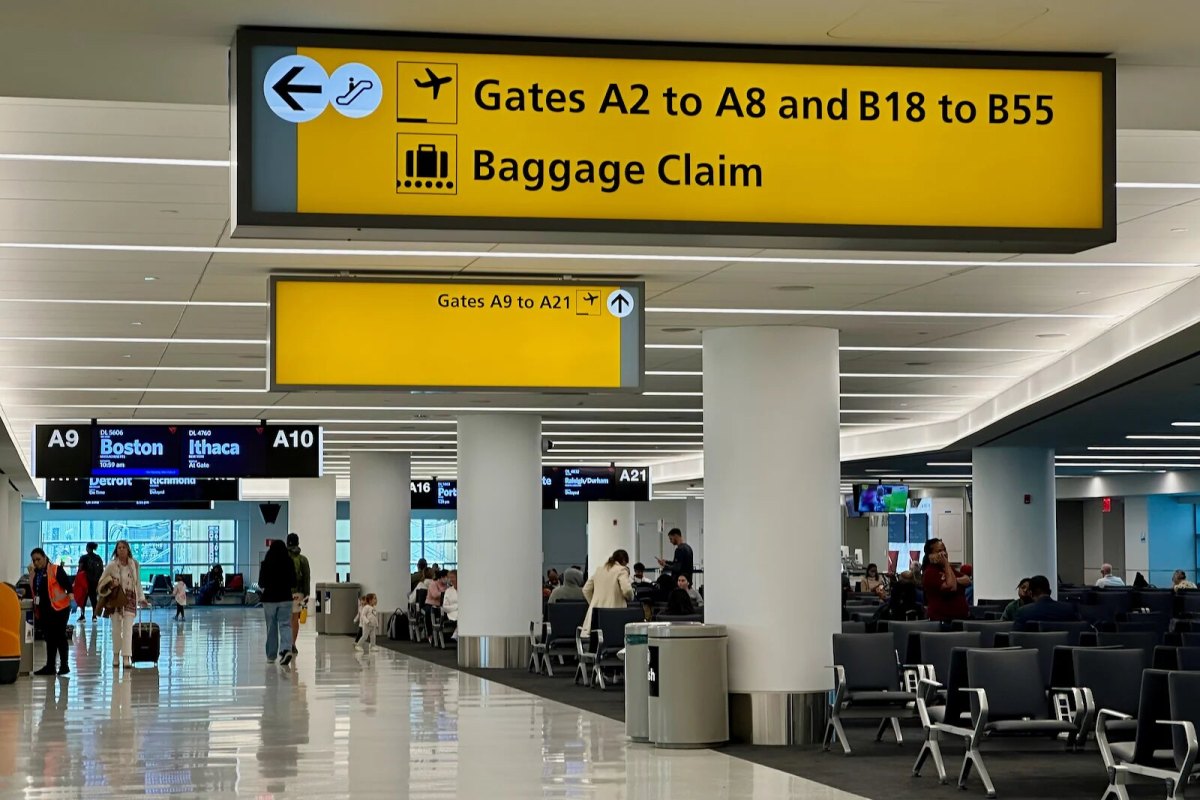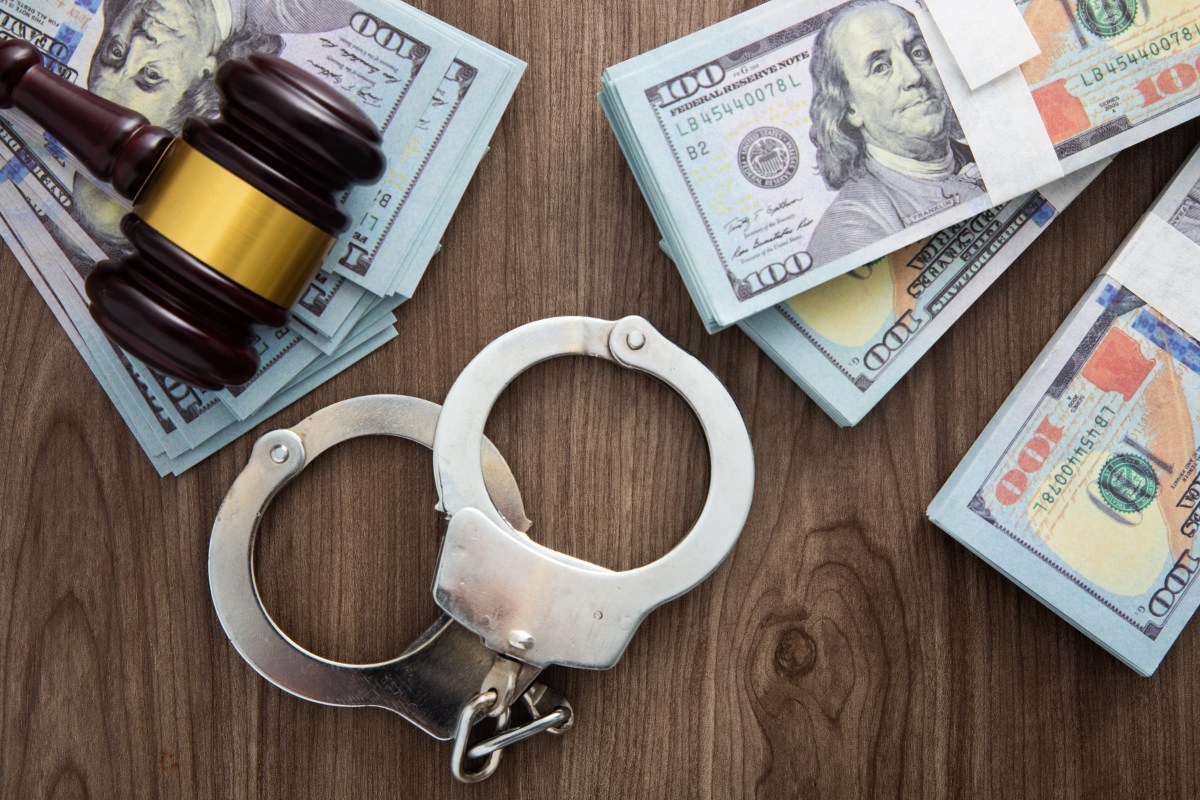
Mayor-elect Bill de Blasio has a powerful perch to implement his vision for transportation in the city.
De Blasio, who controls four votes on the MTA board, laid out a transportation agenda during the campaign that focuses on better transit service for outerborough neighborhoods to meet growing demand there; improving pedestrian safety through his "Vision Zero" plan for eliminating traffic fatalities; and advocating for federal transportation funding with city and state executives around the country.
"The platform that Bill de Blasio ran on, about inequality and affordability, is directly relevant to the state of mass transit today," said John Raskin, executive director of Riders Alliance, a grassroots organization. "The degree to which we have mass transit is the degree that people can access jobs, school, and economic opportunities, but only when transit remains affordable."
Get on the bus
Buses in the city can be slower than walking on some streets and creating new subway lines is a complex and expensive endeavor. During the campaign, de Blasio proposed creating about 20 bus rapid transit routes to the city’s Select Bus Service system, which includes streetside fare payment and bus-only lanes.
"The single most impactful thing that a mayor can do that’s within their power is to build this network, providing service to large swaths of New York City that are transit deserts," said Gene Russianoff, an attorney with the Straphangers Campaign.
The MTA and Mayor Michael Bloomberg’s Department of Transportation have created six SBS routes. The second phase of the system has already been sketched out, with the MTA identifying about two dozen routes mainly in the outerboroughs.
De Blasio has pledged to put money from the city’s capital budget behind this effort. Still, there are details that need to be fleshed out, such as a time frame or whether funding for bus rapid transit will be new spending from the city’s current contribution to Select Bus Service. Reps for de Blasio did not respond to questions about the proposal.
Vision Zero
While Bloomberg touted the strides in pedestrian safety as his mayoralty comes to a close, de Blasio pledged to shrink street fatalities and injuries to zero.
To achieve this plan, called "Vision Zero," de Blasio called for better police enforcement of speeding and drivers who fail to yield to pedestrians, slower speed limits and redesigning "some of the city’s most dangerous intersections."
A contender to be de Blasio’s top cop, former NYPD Commissioner Bill Bratton, last month backed the mayor-elect’s efforts to cut street injuries and deaths even further.
Noah Budnick, deputy director of Transportation Alternatives, a safe streets group, said de Blasio’s plan is "a very logical place to start."
"The specific planks of the Vision Zero plan go after the big problems," Budnick said.
Federal funding
To fund improvements to transportation, de Blasio is looking to the U.S. government.
In introducing his top staff Wednesday, de Blasio said he would fight for more federal money similar to Bloomberg’s fight for federal action on climate change and illegal guns.
The federal government since the Ronald Reagan era has "retreated from its investment" in mass transit and infrastructure, de Blasio said.
"That retreat is very damaging," he said. "My job as mayor is work with mayors, with governors all over the country to reassert that progressive urban agenda."
Ben Kabak, who writes a transportation blog called Second Avenue Sagas, said that the federal government has been willing to fund projects through grants that increase mass transit use and cuts down on congestion.
"If de Blasio positions the city in such a way to get some of that money, it could be a nice get," Kabak said.
New approach
How SBS and pedestrian-safety changes are implemented will depend on who is running the DOT, which controls the city’s streets. Under Bloomberg, the DOT was praised and derided for its aggressive effort to reshape the city’s streetscape to facilitate SBS and improve safety for pedestrians and bicyclists.
De Blasio, in contrast, has put a premium on community involvement.
"I suspect that Mayor de Blasio’s style will be much more inclusive and communicative and hands-on," said Allen Cappelli, an MTA board member from Staten Island. "Too often, government — particularly in the outerboroughs — is seen as being impervious to the needs of the local communities around the city."
Still, there are transit advocates who want to maintain Bloomberg’s progressive legacy on streets.
Veronica Vanterpool, executive director of the Tri-State Transportation Campaign, called for a DOT commissioner that is "bold and innovative."
"Certainly,[someone] who understands that our streets need to be better redesigned and better balanced," she said.




